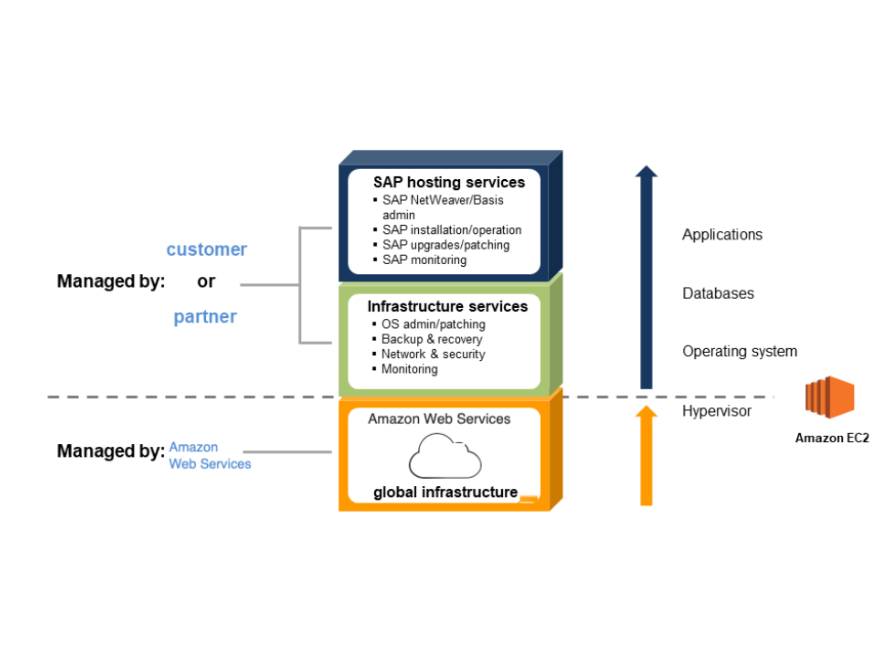Introduction
In today’s fast-paced business landscape, agility and efficiency are paramount. As enterprises strive to extract more value from their SAP applications, the choice of infrastructure becomes a pivotal decision. This blog post explores the dynamic shift from traditional on-premises SAP deployments to the cloud-native realm of Amazon Web Services (AWS). We’ll delve into how automation, a core tenet of AWS, revolutionizes the way SAP is deployed, optimized, and managed, enabling businesses to embrace newfound agility.
The Manual vs. Automated Landscape
Running SAP on traditional infrastructure often entails manual provisioning, configuration, and maintenance processes. Each task, whether it’s deploying new instances or adjusting resources, requires extensive manual effort, contributing to longer lead times and increased potential for human error. In contrast, AWS offers a robust suite of automation tools that fundamentally transform SAP operations. From provisioning virtual machines and networking components to orchestrating complex workflows, automation drastically accelerates the deployment lifecycle and ensures consistent configurations.
Provisioning and Scaling Made Seamless
Traditionally, scaling SAP environments to meet fluctuating demands involves significant planning and manual intervention. AWS’s automation prowess shines here, where services like Amazon Elastic Compute Cloud (Amazon EC2) Auto Scaling, AWS CloudFormation, and AWS Elastic Beanstalk automate the provisioning and scaling of resources. Whether it’s scaling out during peak usage or scaling in during lulls, these tools intelligently adapt to workload changes, ensuring optimal performance without human intervention.
Optimization through Continuous Monitoring
In the world of SAP, performance optimization is an ongoing endeavor. Traditional setups often rely on periodic manual checks and interventions to ensure peak performance. AWS, on the other hand, offers a plethora of monitoring and management services, such as Amazon CloudWatch and AWS Trusted Advisor, which provide real-time insights into resource utilization and application health. Automated alerts and actions can be configured to trigger responses to performance anomalies, ensuring that your SAP environment maintains optimal performance levels automatically.
Reducing Downtime and Enhancing Disaster Recovery
In the event of system failures or planned maintenance, the agility of your SAP deployment plays a crucial role in minimizing downtime. AWS’s automation capabilities enable the creation of resilient architectures that automatically distribute workloads across Availability Zones, ensuring high availability and fault tolerance. Automated backup and disaster recovery processes, such as those facilitated by Amazon RDS automated backups and Amazon S3 versioning, contribute to a robust business continuity strategy without the need for manual intervention.
Conclusion
The migration from traditional on-premises SAP infrastructure to AWS heralds a new era of agility, efficiency, and innovation. Automation, deeply ingrained in AWS’s DNA, empowers businesses to shed the shackles of manual operations, significantly accelerating deployment, scaling, optimization, and recovery processes. By embracing the automation advantage, organizations can redirect their focus towards strategic initiatives, unlocking the true potential of their SAP applications in a dynamic and ever-evolving digital landscape.
Whether you are a small, medium, or large enterprise, or a public sector organization, we are your partner with the right skills and experience to help you move your business forward.

